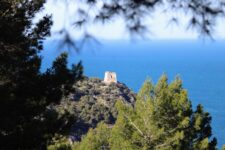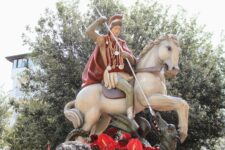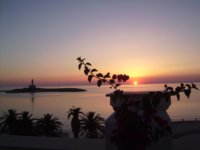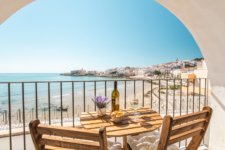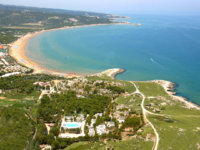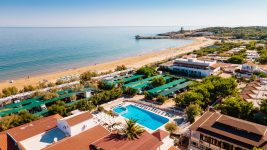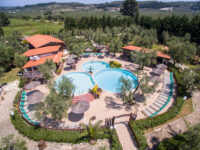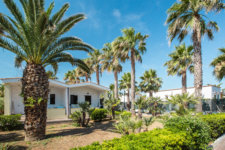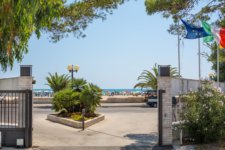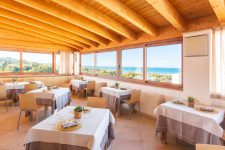Monte Sacro, thanks to its 872 meters of altitude, can boast the toponym of "mountain". It is the confirmation that the sacredness it manifests itself above all in the most difficult to reach places and is amplified thanks to isolation. This it is very evident in the Gargano, especially in places like the aforementioned San Giovanni Rotondo or the sanctuary of S. Michele Arcangelo a Mount St. Angelo, destinations that have always been frequented by religious tourism. It is therefore not difficult to understand why the Benedictine order decided, in the XNUMXth century, to erect the abbey of the Holy Trinity on the top of the "Monte Sacro", formerly the site of a temple destined for the pagan cult of Jupiter Dodoneo. To reach the summit, take a dirt track that follows the slopes in environments intended for grazing. The path that leads up, indicated on the right by yellow-red signs, for the first section uses a route used by locals to transport wood collected in the area. This activity continues to impoverish the woodland despite the prohibitions in force in the area, declared an area of maximum protection among those included in the perimeter of the Gargano national park. Fortunately, the means used are still the traditional ones: transport takes place on the back of a mule, irreplaceable on the steep slopes encountered in this part of the climb. Along the way you climb over barbed wire and dry stone walls covered by moss, you come across ancient rural buildings, probably functional to the activities of the convent. The often muddy bottom of the track accentuates the difficulties but, despite everything, the route remains easy for anyone and the efforts to be sustained only increase expectations, promptly met once the goal is reached. After the first part, with a steep slope, the climb becomes gentler, but the route, now identified only thanks to the yellow-red signs, remains impervious, this time due to the rocky asperities. We are crossing what remains of the immense "Nemus garganicus", the great forest that completely covered the promontory, and the sound of the wind in the hard leaves of the various oak species present accompanies us incessantly until finally the wood gives way to a large meadow in the which the remains of the abbey stand out.
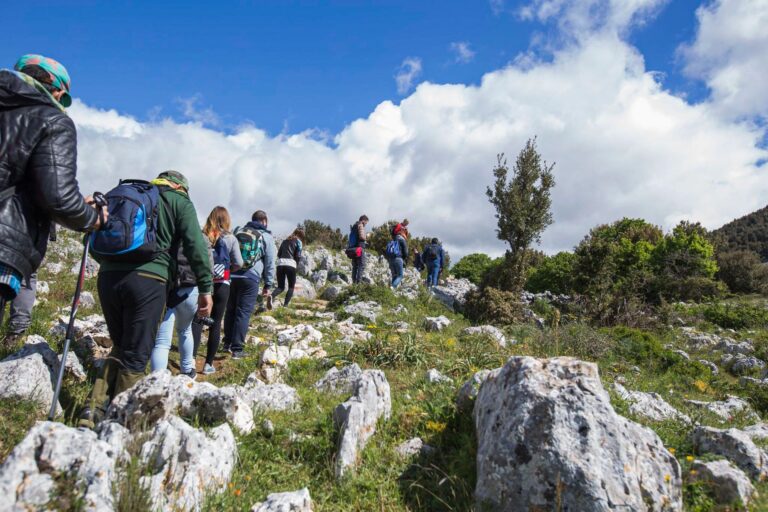
photo in the article by Gargano Natour
Exploring the vestiges of the monastery, we get caught up in the mystery that surrounds these places now prey to the assaults of the vegetation. You follow the remains of a wall trying to guess the destination of what was once an apparently isolated room or of the underground rooms invaded by debris until, behind a holm oak, held back by the thorns of a bush of the omnipresent Mediterranean maquis, you discover the sea. Standing on the load-bearing wall of a lucky monk's cell, it's tempting to keep the precious secret to yourself. One could spend hours looking at the panorama if the screeching cry of a flock of noisy crows didn't bring us back to reality. The lawn that covers the space in front of the abbey creates a strong expectation in the visitor who looks at the portal, but something keeps them from entering it. Behind the white stone of the facade hit by the sun, the shadows of the internal rooms can be glimpsed, once places of daily life, now decrepit remains gripped by giant ivy. The spirits of the forest prowl there unseen: weasels, badgers, foxes, owls and owls, the undisputed masters of the nocturnal scene. But even with the light of day it is not easy to hold back a certain anxiety once in the presence of these environments, and the story of the demon who would guard the monastery's treasure does not seem so unfounded. Up until a few years ago, the bones of the Benedictines buried in the small cemetery were confused among the brambles and rubble, brought to light by searches, carried out in less disillusioned times, by improvised treasure seekers. Now everything has returned to order thanks to the work of a team of archaeologists engaged in the study of the remains of the convent. But the occasional intervention of a few scholars is not sufficient to save what remains of the SS Trinità abbey from neglect and the wounds of time. Soon the crucifix painted on one of the still standing walls will vanish, the wood will regain the upper hand over a place that in any case belongs to it and, hiding the already meager traces of the monks' passage, will grant the well-deserved rest to the demon, guardian of a treasure definitely hidden.

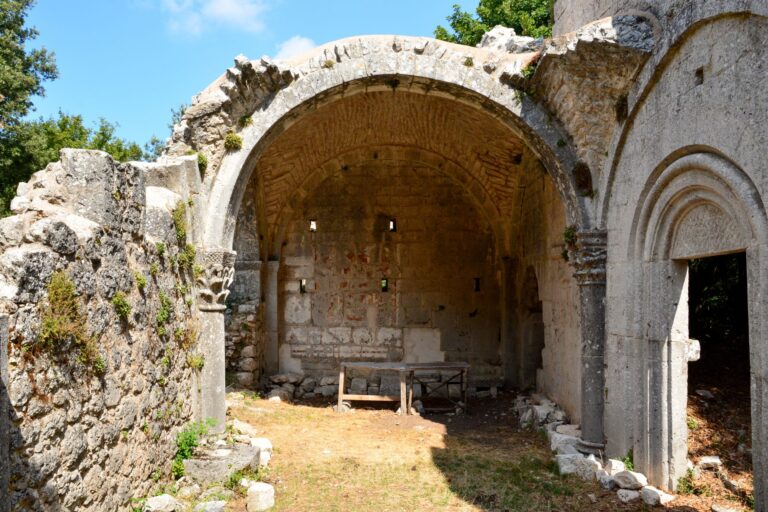

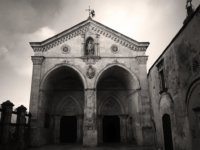

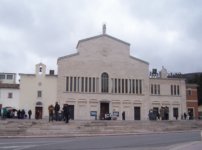
 Turismovieste.it is created by
Turismovieste.it is created by 